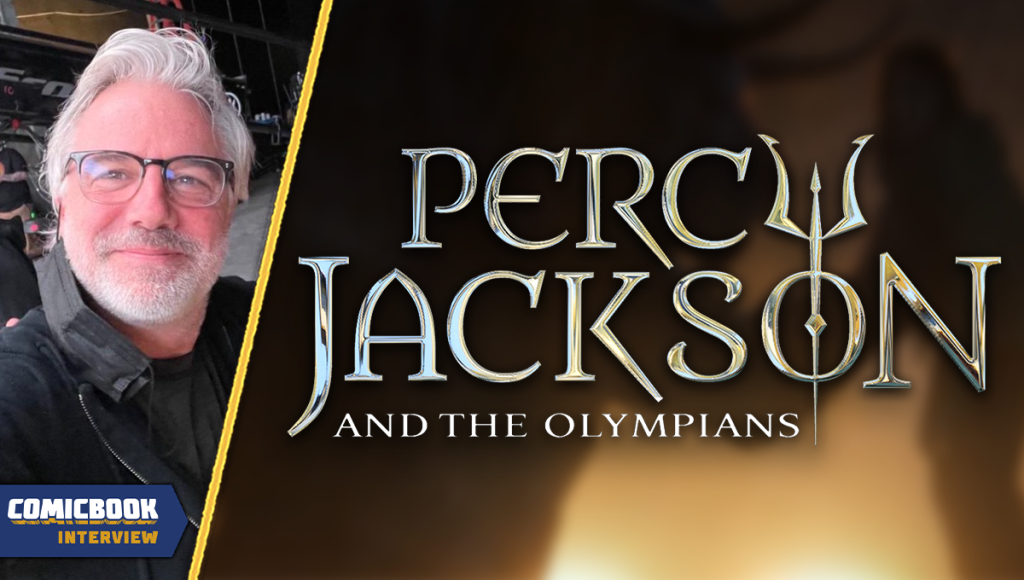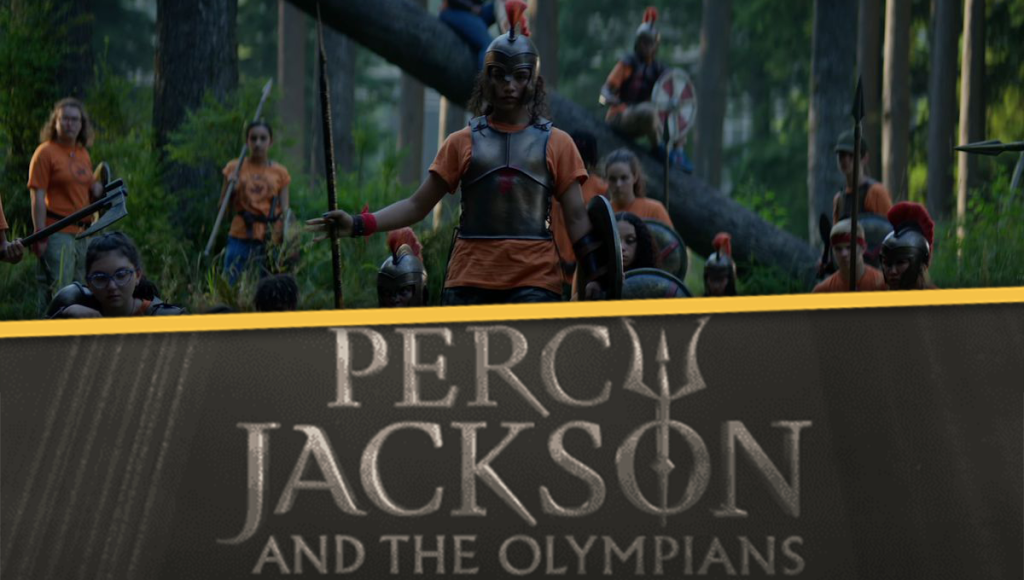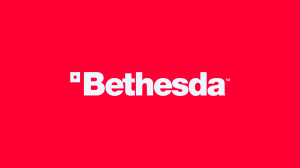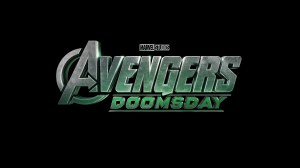Percy Jackson and the Olympians is leaping from The Lightning Thief pages to Disney+’s streaming screens. Critics and fans alike raved about the show’s first two episodes, which boast a certified fresh rating on Rotten Tomatoes, specifically praising how true to series has been to Rick Riordan’s books. While honoring the source material may seem like a given, the sheer scope of Riordan’s world of demigods and monsters made bringing it to live-action life a tall order. Showrunners Dan Shotz and Jonathan E. Steinberg were tasked with picking and choosing what moments made it to the first season, but it was director of photography Pierre Gill that ultimately bore the burden of making the concepts into a reality.
Videos by ComicBook.com

“All these producers in charge of the project were fantastic,” Gill told ComicBook.com. They all had a really positive energy, a really good vibe.”
Gill joined Percy Jackson and the Olympians while the series was still in pre-production, giving him the opportunity to chat with Shotz and Steinberg directly about how they were going to collectively approach the series visually.
“The first discussion was to try to make it look as real and natural as possible,” Gill noted. “Because it’s very easy to get in the trap of supernatural. We tried right away to keep it down. That was our first discussion to make sure that Percy is a real guy and it’s a real story as much as we could.”

Gill’s best friend in achieving that was Industrial Light & Magic’s Volume stage. This virtual stagecraft was first introduced to big budget productions with The Mandalorian and has been a staple of many Disney+ shows since.
“They’re the top on top of the game,” Gill said of ILM’s Volume stage. “It did pose a lot of challenges [for Percy Jackson] because I would say it’s easier to make sci-fi, but very difficult to make the real world in a Volume. What I’ve done to make it possible is I work really hard to keep the real world look not too real. I had to balance these elements which are extremely contradictory. The Volume has no depth. The depth is created on-screen by the thing you built on the screen, but it’s a 2D world that creates a 3D world. The first challenge of The Volume was to work into the worlds we’re creating and trying to create as much depth as possible.
“For a director of photography like me, you have to learn a new aspect. It’s like working in a video game. You have to light before. You have to create the world before. I need to control the sky. I need to control the sun. I need it to spin the way I want. We created tools that I was able myself to actually change the sky for my shot and it made it way better. I was changing the sun position where I wanted it. You play God a little bit. You create your own depth. There’s a lot of things to create at The Volume in the next few years. I cannot wait to go back into a Volume shoot because now I have a lot of expertise.”

“Then to shoot this, it means a location, a new location, a new studio, a new exterior, and you have to put these things together and make it work. One of the biggest challenges actually to do some real work outside that. We built a Camp Half-Blood in the countryside, but then some locations are inside a studio, some locations are inside The Volume. You have to link all these pieces of the puzzle for the audience just to follow it and stay in the same world all the time.”
While The Volume has been tried and tested for years, Gill’s experience with it on Percy Jackson showed that the stagecraft is still evolving.
“Right now we’re still pioneers with these things. We took a lot of chances by trying to achieve some of these Volume loads, and we’ve been successful in a certain way. I think in a good way,” Gill mentioned. “It’s not perfect because you still need more render time. It’s very complex but it’s really cool. I’ve been very privileged to be able to work so much into that new technology. I started to shoot on Super 8 cameras when I was young and now I’m doing Volumes. It’s really fun, very happy about that.”
That said, not everything on Percy Jackson was achieved with The Volume.
“One of the biggest challenges actually to do some real work outside that. We built a Camp Half-Blood in the countryside,” Gill noted. “But then some locations are inside a studio, some locations are inside The Volume. You have to link all these pieces of the puzzle for the audience just to follow it and stay in the same world all the time.”

The first time viewers see all these pieces being linked together comes in Percy Jackson Episode 1 when Walker Scobell’s titular demigod battles the Minotaur. Before that showdown takes place, Gill and company had to create the preceding car crash.
“We shot [the car crash] in The Volume, which was quite successful,” Gill said. “It was a very difficult scene to do. People don’t know how crazy it is because we actually shoot a real car, the camera row on the road with Sally and with Percy. Then we go inside a Volume, on a blue screen, with the camera row on a gimbal that is going 360 degrees. Then we shoot some crash elements on location.
“Then you have the Minotaur come in. The Minotaur was actually some stunt guys with a big bull head on them chasing Percy, and Percy was fighting with them,” Gill continued. “Sometimes the Minotaur was a mechanical bull, and Walker was on top of it trying to kill it. It’s all these little pieces that we have to build and think about and do prep. When you look at this two-minute sequence, for us it’s like two months of figuring out how to put these pieces together. How to make it super cool, not too dangerous, how much VFX, how much a volume will work and how much we have to add.”

Gill may be the one assembling the pieces, but they only fit together if Scobell succeeds on camera.
“One thing that was amazing is Walker is just absolutely, truly wonderful,” Gill shared. “He holds the show in his hand. He was there every day on every shot, on every scene almost. That’s a lot, and it’s not only him. Leah [Jeffries] and Aryan [Simhadri], the three main characters, were absolutely phenomenal. Always happy, great attitude. They had to go to school during the day between scenes. A lot of the crew like me were like, ‘My God, this is a lot for 12-year-old kid!’”
Percy Jackson and the Olympians debuts new episodes every Tuesday at 9 PM ET on Disney+. Tune into ComicBook Nation presents Riptide Radio – A Percy Jackson Aftershow immediately after for an in-depth discussion and exclusive interview!








